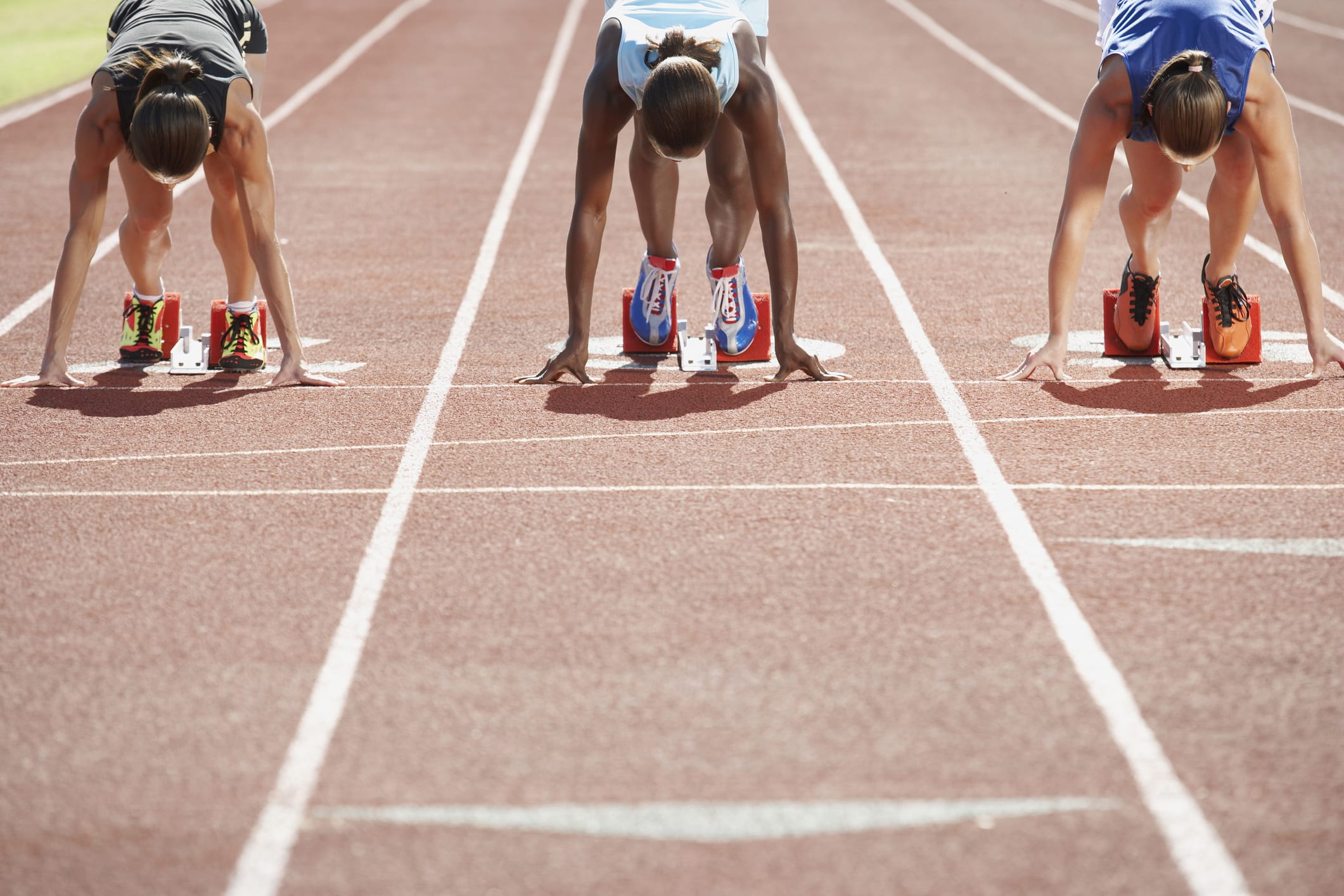Relative energy deficiency in sport or red-s is when an athlete’s calorie intake does not match what they burn during exercise, which over a period of time can lead to serious health issues. It’s a dangerous game, and the implications can be extremely serious and long-term.
Relative Energy Deficiency in Sport (RED-S) is a term gaining traction in a number of codes around the world but with studies limited in Africa, how widespread the problem may be on the continent is unknown.
There are moves afoot to change that, but for now, while the RED-S issue is alive in Europe and the United States, we know little about the state of play in Africa.
RED-S is when an athlete’s calorie intake does not match what they burn during exercise, which over a period of time can lead to serious health issues, including eating disorders. It is a dangerous game, and the implica- tions can be extremely serious and long-term.
The International Federation of Sport Climbing (IFSC) is so concerned about the issue – with both male and female climbers – that they have stepped up their monitor- ing of athletes’ health.
Loading...
It seems obvious that being lighter has a benefit in climbing, leading to instances where athletes purposefully drop their body weights to dangerous levels.
Kai Lightner restricted his eating as a teenager and was a youth climbing world champion but by age 14 his liver was close to failure and he had fractured his spine in two places due to insufficient muscular protection.
Climbers will provide details of their height, weight, heart rate and blood pressure, with national federations to either issue a health certificate based on those parameters, or require they go for more testing.
The IFSC will conduct random testing throughout the climbing season. An external commission will review data from suspected cases and compare it with the national federation health certificates.
This is one federation tackling the issue, but there are others who have yet to and in Africa there is little informa- tion on how prevalent, or not, the issue may be. And it does not only affect just professional athletes, but potentially, those at amateur and school level too.
“There is quite a bit of research internationally, but then, once you get to Africa, or any other developing part of the world, there is little information,” Dr Candice MacMillan, who has a PhD in Sports Physiotherapy and is founder of the Female Athletes Research Centre (FEARCE) at the faculty of health sciences at the University of Pretoria, tells FORBES AFRICA.
“In South Africa, there has not been any study on RED-S among male or female athletes, so from a scientific perspective, there is very little literature.
“We are busy with our own, at the University of Pretoria, we have a female-focused research interest group called FEARCE and it is one of the projects that we have identified, but looking at both male and female athletes.
“We don’t know anything about the South African landscape at the moment, whether it is similar to the rest of the world or there are local differences. The study we have formulated is looking exactly at that.”
MacMillan does not believe any sporting codes in South Africa actively monitor athletes to see if they have RED-S, and says international standards in how to monitor may not apply in the local context.
“I am not aware of any sports in South Africa where it is standard protocol to include a RED-S questionnaire. But just because a RED-S ques- tionnaire has been validated in the United States, for example, does not mean it is relevant within a South African context,” MacMillan adds.
“We are currently studying the knowledge of RED-S among the support staff of the athletes and the athletes themselves. For example, from a female perspective, there are definite cultural barriers with regards to talking about menstrual regularity, which is one of the side-effects of RED-S.
“Or among the males, it is sex-drive. It is not necessarily within the culture of many athletes to speak openly about that. In that instance, even if they had RED-S, we would not know if they don’t answer the questions honestly.”
MacMillan points out too that RED-S is a po- tential problem among school-going children and is not reserved for elite performers. It is some- thing parents can be actively monitoring.
“There are instances where young girls, for example, are entering puberty and at school, there may be comments about, ‘this person has gained weight’, and that is one area where it can be an issue as the reaction to that is to severely limit calorie intake when actually it is just a typi- cal female phase.
“But when you are trying to make a one per cent improvement to your performance, all these things are issues.”
Many athletes who do drop their body weights to dangerous levels in the belief it will help their sporting performance, may be creating other problems for themselves beyond RED-S.
“With regards the sport climbers, for example, some athletes may believe losing those few kilograms will give them an advantage, but then their power-to-weight ratio goes down too by restricting calorie intake. They need to look at the whole picture,” MacMillan says
Loading...
